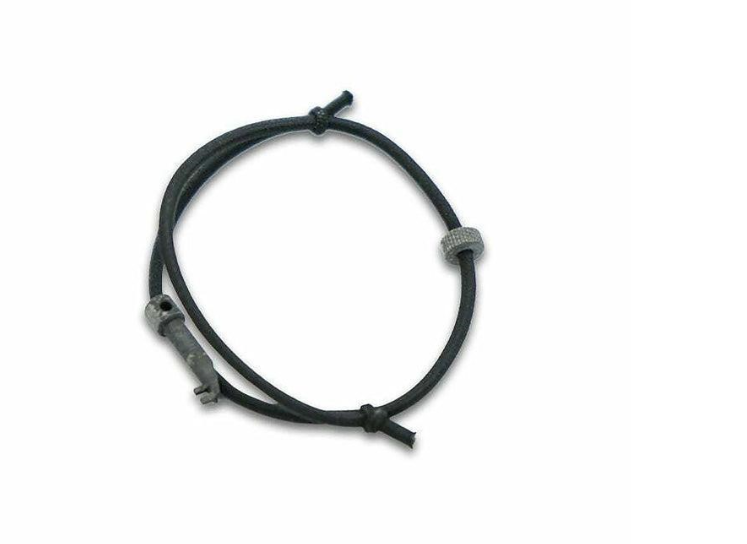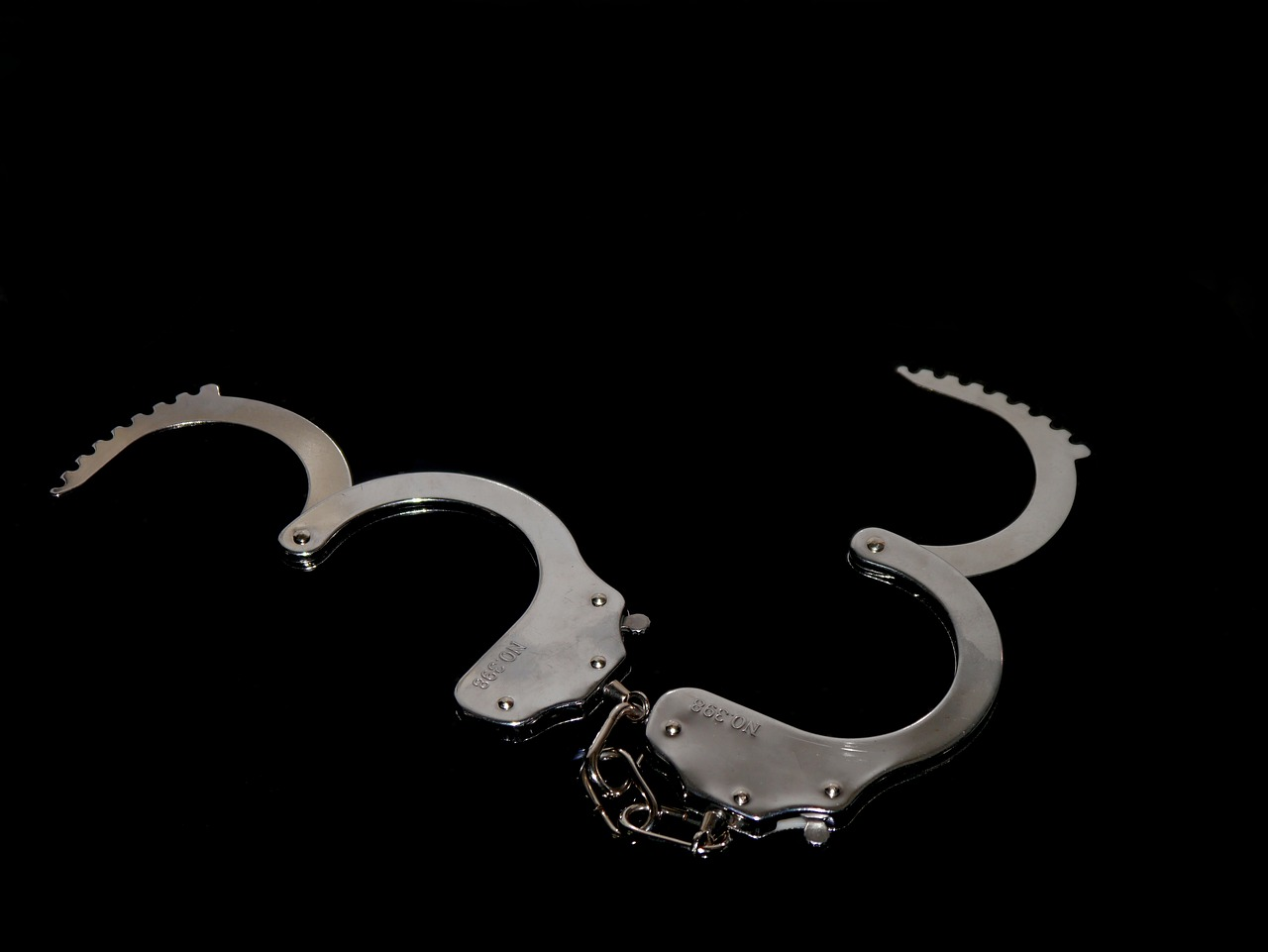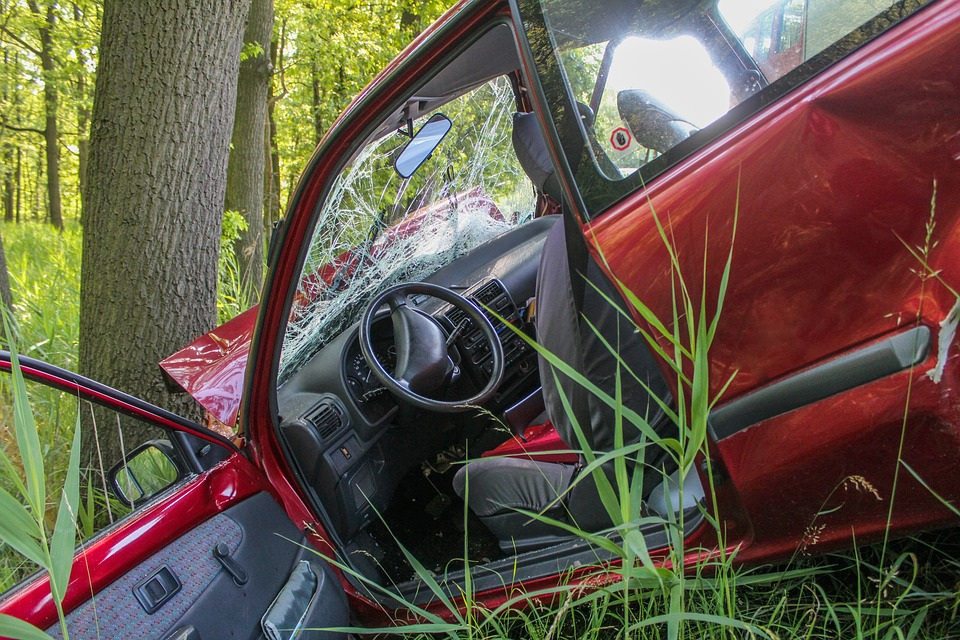
How to Respond In Emergencies Using A GTFO Wrist Strap
Motorists are continuously exposed to grave dangers.
Table Of Content
Whether you’re a full-time commercial motor vehicle (CMV) operator or an occasional road tripper, it pays to prepare adequately for unforeseen incidents. A significant part of that preparation entails arming yourself with versatile everyday carry (EDC) items like the GTFO wrist strap.
This post shall unpack the GTFO wrist strap, focusing on how to properly deploy the tool.
What Is The GTFO Wrist Strap?
The best way to understand the GTFO wrist strap is by acquainting yourself with the more popular glass breaker tool.
A glass breaker, or window breaker, is a handheld device meant to shatter glass barriers during emergencies. The tool is commonly deployed during vehicle accidents, allowing trapped occupants to egress an overturned car before the situation becomes life-threatening.
The GTFO wrist strap now uses a mechanism similar to traditional glass breakers. The fundamental difference is that regular window breakers are larger and hammer-shaped, while the wrist strap is wearable.
The GTFO wrist strap is surprisingly effective despite its diminished size compared to traditional window breakers. Equipped with a powerful tungsten striker bead, the tool can easily break tempered glass. Its functionalities make it a must-have in your vehicle’s emergency toolbox.
How to Use the FTFO Wrist Strap
1. Have the tool at all times
The GTFO’s wearable design makes it almost impossible to misplace. But since it almost doesn’t count, it’s best to double-check that you have the wrist wrap before embarking on any road trip.
Remember that after getting into a car accident, every second counts. The last thing you want is to grope around for a window breaker after your vehicle has overturned on a busy freeway and the gas tank leaks.
Fortunately, the GTFO wrist strap is made from a flexible cord, which allows it to fit snugly on different wrists.
2. Identify a window to break
A window breaker can be deployed on any car window. However, experts recommend using the tool on the side windows rather than the windshields.
Most front and rear windshields are made from laminated instead of tempered glass.
Tempered glass shatters into small, pebble-like pieces when impacted. That contrasts laminated glass, which only breaks around the actual impact point.
Laminated glass on the windscreens helps cushion a vehicle’s occupants against injuries sustained from head-on or rear-end collisions. However, since this glass typically breaks into sharp shards when hit, it could cause further injuries while trying to egress a car.
Your best bet is to use the GTFO on the side windows, mostly made from tempered glass.
3. Strike the glass
After selecting a glass to shatter, remove the GTFO wrist strap from your wrist and hold it in your non-dominant hand. Use your dominant hand to pull back on the tool’s projectile and release like a slingshot.
The GTFO wrist strap’s projectile is made from tungsten carbide and is strong enough to break tempered glass with considerable force.
Most tools require a 4” pull to generate the right impact. However, this would depend on the distance from the target window.
After deployment, the GTFO’s projectile automatically recoils into the bracelet.
Read also:- InstaNavigation – Features, Reviews, and Alternatives
4. Unlock any handcuffs
Most traditional window breakers have a sheathed blade for slicing through jammed seat belts. While the GTFO wrist strap lacks that feature, certain device versions have an Advanced Handcuff Key (AHK3) technology.
AHK3 is a revolutionary handcuff key technology engineered to open handcuffs with superior security features, such as signal-blocking blades and keyhole pins. This innovative spec can be useful for law enforcement agencies transporting convicted or suspected offenders. It lets you unlock handcuffs and whisk everyone to safety as you call for backup.
As with the tungsten striker bead, minimal force is required to deploy the AHK3 functionality.
To unlock a handcuff safely and swiftly, insert the key into the cuffs, gently rock, and tilt it as you pick and sweep the lock. Pay attention to any movements that suggest the handcuffs are almost becoming undone and follow the same rocking pattern. You may also need to alter the key’s depth depending on the size of the cuffs.

Do You Need A GTFO Wrist Strap?
The GTFO plays a critical role in improving your survival odds after getting into an accident. Considering the grim traffic accident statistics, the window breaker should be an indispensable part of your vehicle’s toolbox.
The GTFO is remarkably versatile, too. While commonly deployed during rollovers, the glass breaker may also help to extricate from submerging and ablaze vehicles. You could even deploy the tool during non-vehicular emergencies, such as to egress a collapsing building.
The device comes in a wearable design, allowing it to stay on your wrist all the time. Besides, its small construction makes it light and discreet.

Final Word
The GTFO wrist strap is arguably the most innovative window breaker ever designed. The device can shatter your vehicle’s windows during rollover accidents or submersions, allowing you to egress the car before the situation escalates.
Besides being fundamentally an emergency extrication tool, the GTFO wrist strap may also help to unlock handcuffs engineered with alternate security technologies like signal-blocking blades and large keyhole pins. Its wearable design ensures it’s always ready to deploy whenever required.





